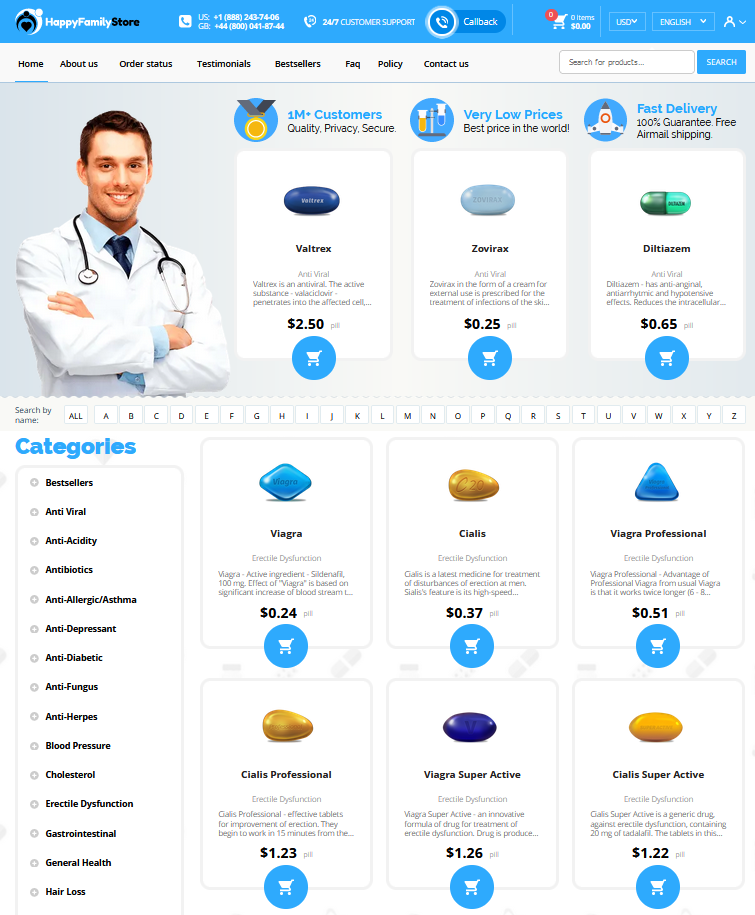 Zyban and Nicotine Replacement: a Synergistic Approach?
Zyban and Nicotine Replacement: a Synergistic Approach?
Understanding Zyban: Mechanism and Benefits
Zyban, originally an antidepressant, is now a popular script for smoking cessation. Its comp mechanism targets brain chemicals linked to nicotine addiction, reducing withdrawal symptoms and the urge to smoke. Zyban works on neurotransmitters, diminishing the cravings that often derail those attempting to quit, making it a pivotal player in the cessation field.
While it doesn't contain Nicotine, this elixir shifts the battle against smoking from just the physical to also the psychological. Zyban's efficacy has long been documented, with numerous studies highlighting how users often experience less withdrawal symptoms compared to other methods. Though stopping smoking is a journey fraught with challenges, Zyban's benefits can help users acheive their smoke-free goals.
Exploring Nicotine Replacement Therapies: an Overview

Nicotine Replacement Therapies (NRTs) stand out as essential tools in the journey towards smoking cessation. From patches and gums to lozenges and nasal sprays, these over-the-counter (OTC) and sometimes Rx products offer a different cocktail of options tailored to the varying needs of individuals battling nicotine addiction. The science supporting NRTs roots itself in delivering controlled doses of nicotine without the harmful tar and toxins found in cigarettes, easing withdrawal symptoms.
Among the myriad methods, patches promise stable nicotine release throughout the day, while gums and lozenges provide quick relief by allowing users to self-regulate intake—ensuring control over cravings is stat. Innovations in NRTs continue to evolve, bridging gaps in treatment efficiency and adherence. These advancements are vital in making life post-smoking not just possible but easier to achieve, especially when paired with allies like Zyban.
The Science Behind Combining Zyban and Nrt
Combining Zyban with nicotine replacement therapies (NRT) creates a potent cocktail for those aiming to kick the smoking habit. Zyban, known in pharm land as a happy pill, acts on neurotransmitters that influence mood and addiction, which can help reduce cravings for cigarettes. Seasoned researchers suggest that this combination targets both the behavioral and physiological aspects of nicotine dependency.
While Zyban serves as a mood enhancer, NRT aids in gradually reducing the body's need for nicotine, making the quitting journey smoother. Imagine a magic mouthwash for smokers, where the pairing acts as a compound medication, addressing various facets of addiction.
Clinical trials have shown significant improvements in cessation rates when these two strategies are combined, often leading to better long-term outcomes. However, it’s important to consider potential risks and consult with healthcare providers before proceeding. Teh science is clear: a well-executed strategy may enhance chances of success.
Potential Benefits of a Synergistic Approach

Combining Zyban with nicotine replacement aims to enhance the journey towards quitting smoking. Zyban, known for its role as a mood enhancer or 'happy pill', helps reduce cravings by altering neurotransmitter levels in the brain. This, in turn, creates a more manageable path for individuals battling nicotine addiction. When combined with nicotine replacement therapies, it can be like a carefully crafted cocktail, providing physical and psychological support to the individual.
The dual approach allows the gradual reduction of nicotine dependence while maintaining a sense of control over urges. It's an elixir of sorts for those who have faced the exhausting rollercoaster of withdrawal symptoms alone. Sucess stores frequently revolve around the added benefit of using both methods, which is often recommended as per the sig in a prescription.
However, the magic doesn't stop at theoretical benefits; real-world experiences and documented evidence show how this combination can lead to higher success rates. By addressing both the psychological and physiological aspects of addiction, this approach creates less room for relapse by covering multiple facets of the quitting process.
It's like having a robust script written for your personal quitting journey. Despite te challenges that come in the beggining stages of detoxification, users often find they are better equipped emotionally and physically to handle cravings. The synergetic effect of these treatments has the potential to make the challenging journey more bearable and ultimately more successful.
Real-world Experiences: Success Stories and Testimonials
Within the bustling environment of Pharm Land, Mary found solace in a unique cocktail of Zyban and nicotine replacement therapy (NRT). After receiving her script, she felt an immediate rush of hope, realizing this combination might finally help her achieve the balance she craved. Her determination and adherence to the Sig transformed her story into an inspiring testament for others grappling with the pull of smoking.
Mark, initially an amature in understanding his options, stumbled upon this synergistic approach at a Drive-Thru consultation. The compassionate advice he received there led him to a transformative, albeit challenging, journey. He learned that a steady supply of Zyban, alongside NRT, formed the elixir he needed. His success elicits the importance of personalized support, showing others that the right comp can ignite lasting change.
Considering the Risks and Side Effects Together
Combining Zyban with nicotine replacement therapies (NRTs) can present a cocktail of potential risks and side effects. This dual approach may amplify common adverse reactions, like nausea and insomnia, which can become a noticeable burden for some. Additionally, Zyban, often viewed as a form of happy pill, may heighten the risk of seizures, particularly when compounded with other medications.
It's crucial to consider how these treatments work together and how they might affect your health. Pharmacy experts, or white coat professionals, frequently perform a comprehensive drug utilization review to minimize risks. This review helps in understanding if the benefits outweigh the potential for overlapping side effects. While real-world stories share success, understanding the complexities and ensuring a manageable pill burden is vital to avoid negative impacts on one’s health.